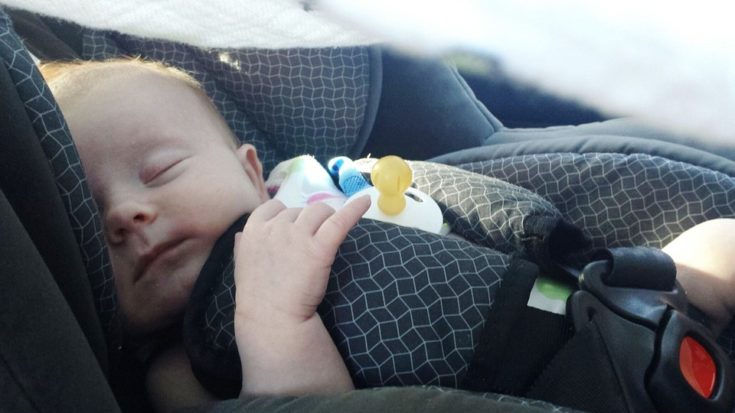Disclosure: This post may contain affiliate links, meaning we get a commission if you decide to make a purchase through our links, at no cost to you. Please read our disclosure for more info.
All conscientious parents are concerned about transporting infants by car. That obviously goes double for parents of preemies. Indeed, from the time the parents of premature infants learn that they are, at last, going to be allowed to take their beloved children home from the hospital, the worry begins. Of course, infant car seats and boosters are mandated for all small children in all fifty U.S. states and most other industrialized countries, although the details may vary to some degree from state to state.

In California, for example, all children under age 8 or shorter than 4′ 9″ must be secured in a car seat or a booster of some sort. Very obviously, this applies doubly to very small infants who were born prematurely and obviously for much more than legal reasons.
Long before that big ride home from the hospital, be sure you have selected an appropriate car seat. Of course, at this stage of your baby’s development you are absolutely going to need one of the many rear-facing car seats on the market. These are generally agreed to be just about mandatory for all small infants. However, there is an additional issue. Since preemies are going to be smaller than average when they leave the hospital, not all convertible car seats are designed for them. Be extra sure to take find one with lower weights limits of quite possibly four pounds to match your child’s weight, as well as a low harness strap position. Experts suggest that it be no more than eight inches.
A complicating factor is that you’ll actually want to stick with a rear-facing car seat until your child is well into toddlerhood. The prior conventional wisdom was that children should graduate to front facing car seats at 20 pounds or one year of age. However, in the spring of 2011, the American Academy of Pediatricians looked at new evidence and strongly argued that parents should wait another year at least. Experts argue that the new evidence indicates that children may be substantially safer if they remain rear facing for as long as possible.
Once your preemie car seat has grown too small, you should therefore very definitely consider finding one with a higher weight limit. Some go as high as 45 pounds. While many parents tend to resist this — they see front facing car seats as a right of passage and believe that their children want to face front — all the evidence indicates that the rear facing seats are safest.
[amazon_link asins=’B00O8RRRSO,B01ETUBQEU’ template=’CopyOf-ProductGrid’ store=’preemietwinswp-20′ marketplace=’US’ link_id=’c7784aa5-0d1e-11e9-a505-dd0b45773874′]
Indeed, according to a March 2011 article in The New York Times, EMTs have an extremely harsh but also very instructive name for rear facing car seats: “the orphan seat.” They really do appear to be the safest spot in the car. Although parents often complain the seats look less comfortable and worry that the position makes broken legs more likely for larger children, pediatricians argue that simply isn’t the case. In any event, the life saving features of rear-facing seats should outweigh most other considerations.
Can’t afford a car seat for your preemie? Finance a car seat online!
